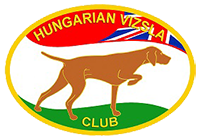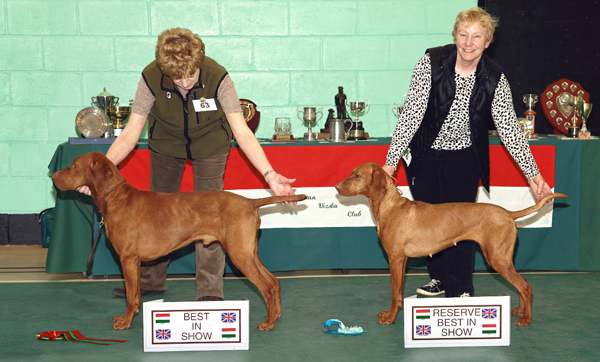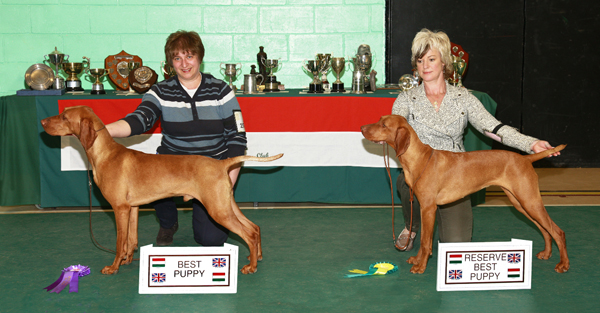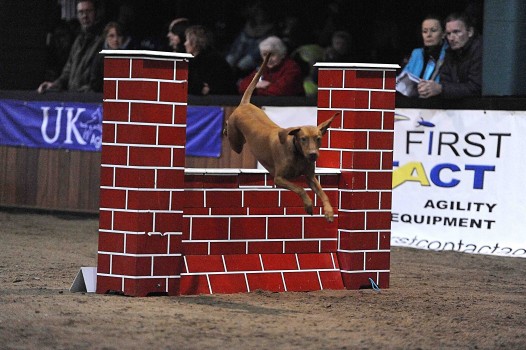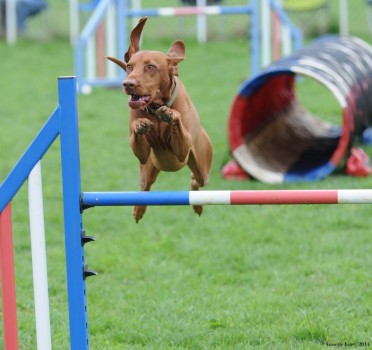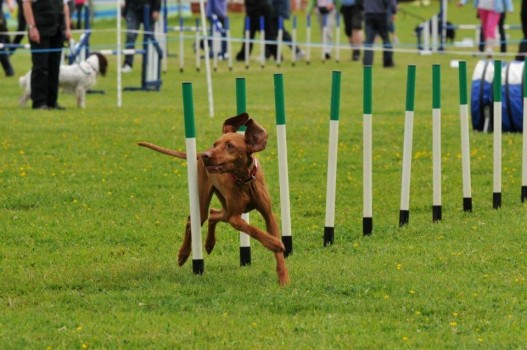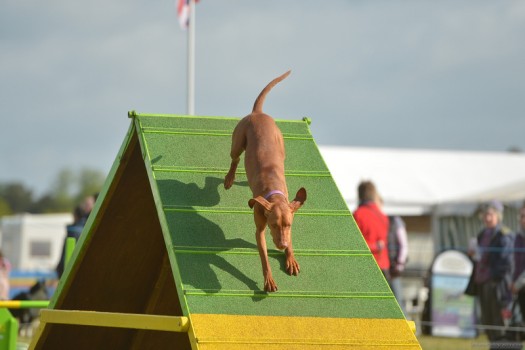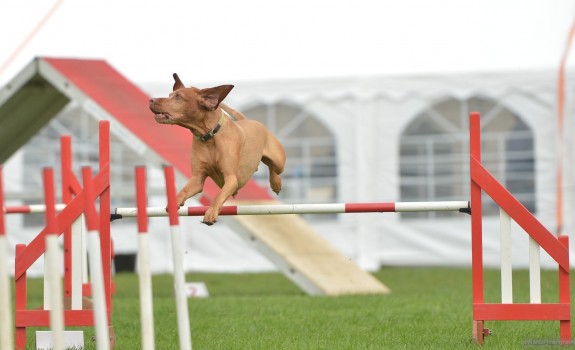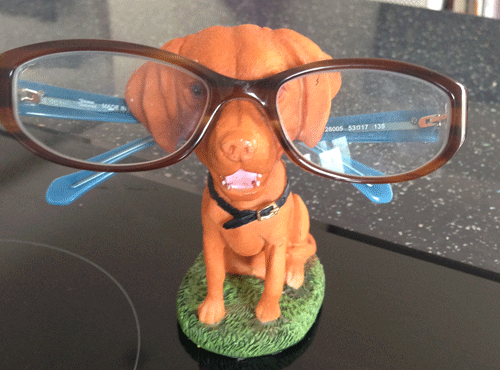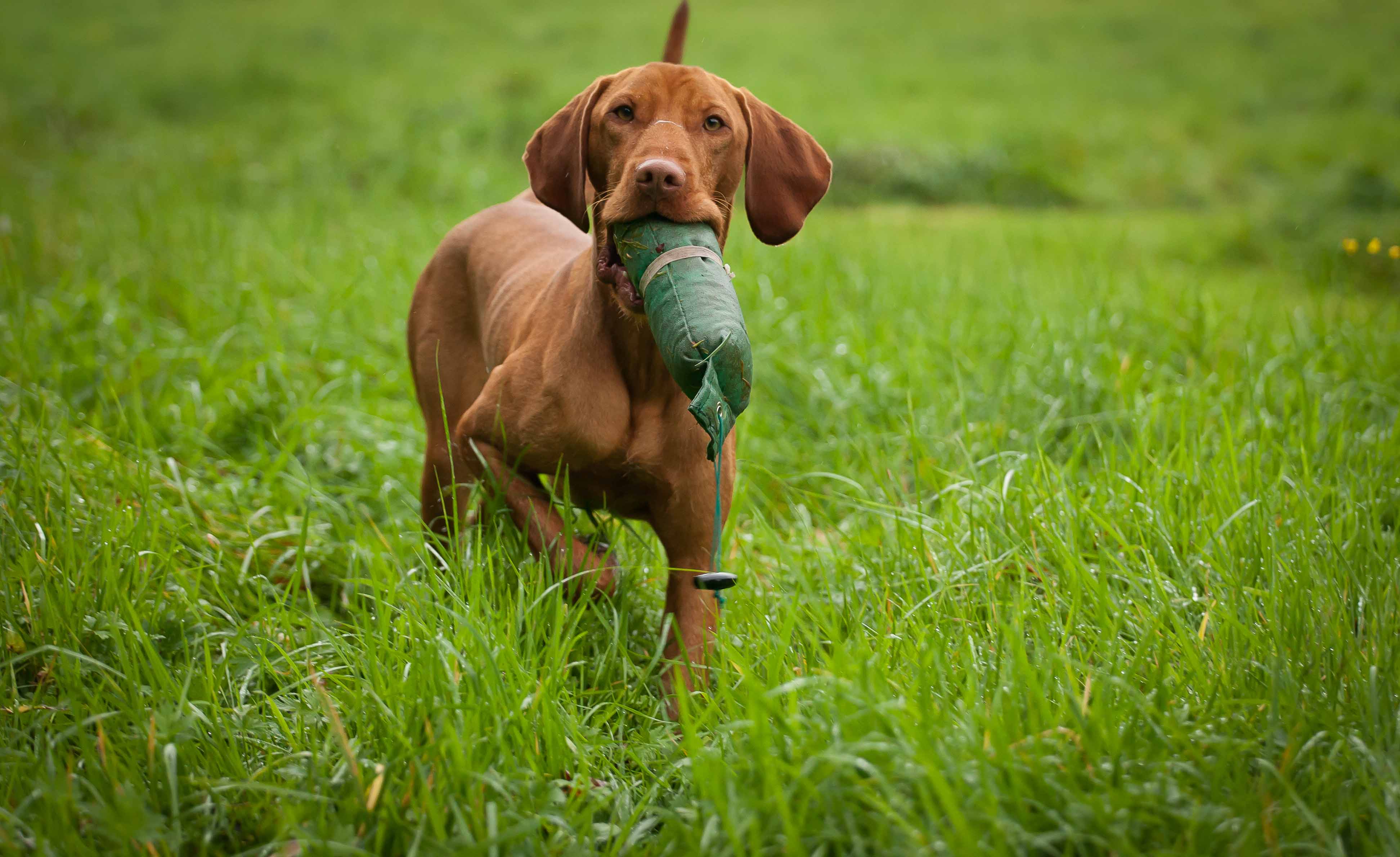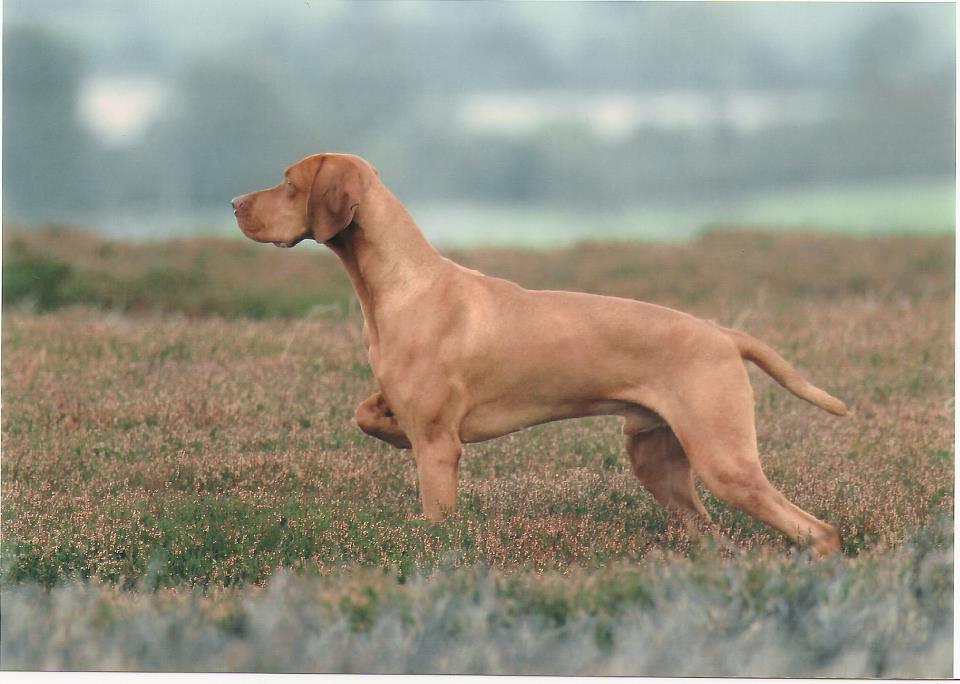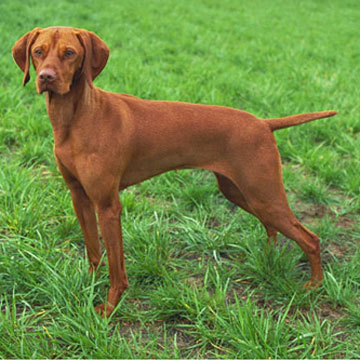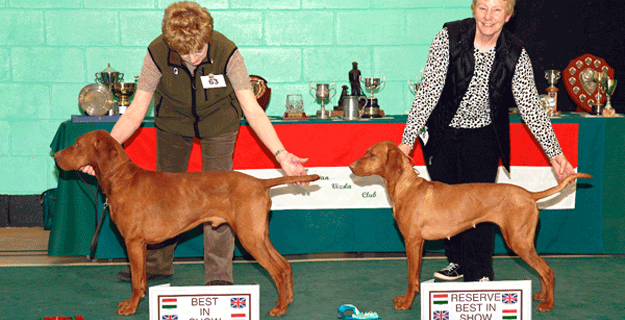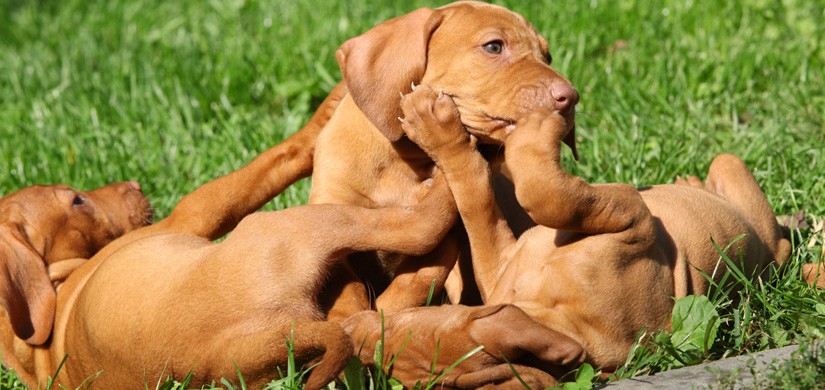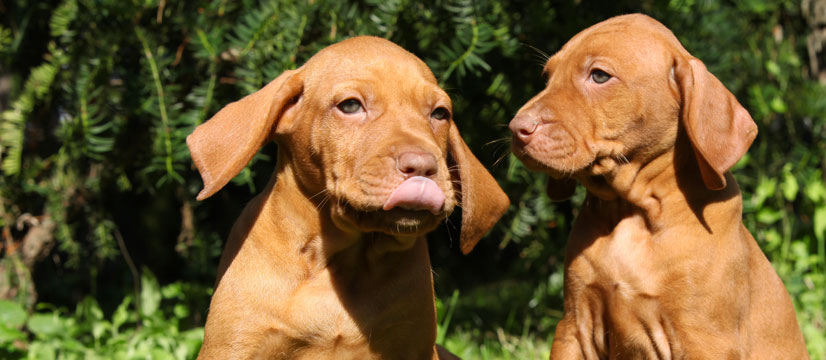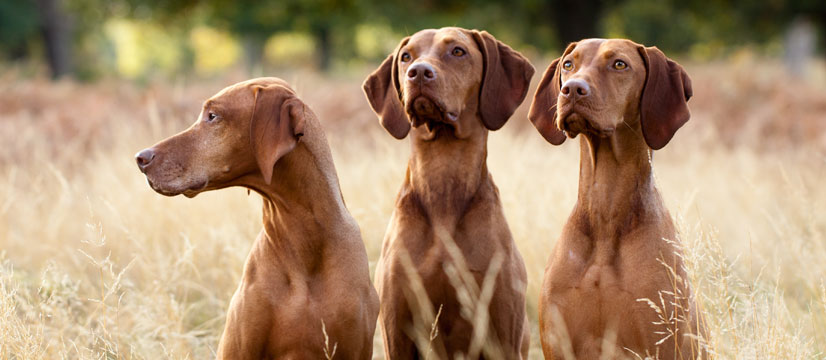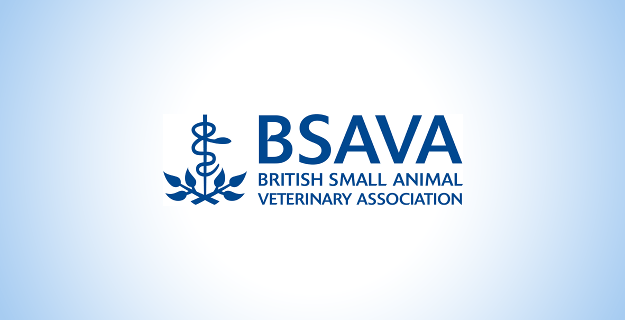Algae (Blue Green)
Seen on lakes and ponds in summer- highly toxic –fatalities recorded.
Azalea or Rhododendron
Gastric upset-dog may salivate excessively, become weak, in extreme cases depression of central nervous system, heart failure and coma if treatment delayed. Principal toxin:- Grayantoxin.
Asparagus Fern
Can affect heart, kidneys and liver. Can cause vomiting and abdominal pain. Sometimes a tremor can be seen affecting head body and limbs.
Amaryllis
Gastric upset – vomiting, diarrhoea, abdominal pain. Central Nervous System depression causing lethargy. Excessive salivation tremors loss of appetite, without treatment dog may go into shock, coma.
Principal toxin: – Lycorine.
Autumn Crocus
Gastric upset- bloody vomiting, diarrhoea, depression of Central Nervous System dog maybe hyperactive then lethargic. Can suppress bone marrow. Multi organ damage. If left untreated can result in coma and death.
Principal toxin- Colchicine
Apple Leaves & Stem
If enough ingested signs are inflammation of mouth in particular the gums. Rapid breathing and dilated pupils. If untreated the dog may go into shock.
American Yew & Western Yew
Causes abdominal pain, vomiting and diarrhoea
(See English Yew)
Apricot Seeds
Vomiting, diarrhoea and abdominal pain.
Avocado
Affects stomach causing vomiting and diarrhoea, breathing may be rapid and laboured, can accumulate round heart. Can cause death.
Principle toxin- Persin
Aloe Vera
If consumed in large quantities will cause diarrhoea, vomiting, loss of appetite, depression, tremors and change colour of urine.
Principle toxin- Saponins
Apple Leaf Croton
Can cause liver and kidney failure due to toxin contained in the plant. Severe gastric irritation especially the lining of the bowel – can cause ruptures in the bowel due to inflammation. The heart can be affected due to bleeding into its tissues. Can prove fatal.
Principle toxin- Ricin.
Angels Trumpets
Vomiting and diarrhoea.
Acorns
Varied effect on dogs if eaten in quantities.
Almond
Vomiting and diarrhoea & abdominal pain
Bleeding Heart (Dicentra Spectabilis)
Needs fairly large quantities to be poisonous however the plant can cause dermatitis and contains a substance that can cause the dog to fit.
Toxic component- Isoquinoline.
Buttercup
Vomiting & diarrhoea
Bird of Paradise (Caesalpinia Gillesii)
Diarrhoea, vomiting and loss of coordination.
Principal Toxin- Hydrocyanic Acid.
Blue Bell
Poisonous if large quantities eaten.
Bella Donna (Deadly Nightshade)
Excessive salivation, severe diarrhoea and vomiting, depression of the Central Nervous System, drowsy, confused, weak, dilated pupils and slow heart rate.
Principal Toxins- Salanine & Saponis.
Cotoneaster
Excessive salivation, vomiting & diarrhoea. Berries are of low toxicity but with all poisons its how much is digested and size of dog.
Conkers (Horse Chestnut)
If eaten whole may cause obstruction. Signs of gut obstruction- Abdominal tenderness, unsteady gait, refuses to eat & salivation all may appear within a few hours of swallowing conker.
Christmas Cherry (Solanium)
Low toxicity- but can cause diarrhoea and vomiting.
Calla Lily (Zantedexhia Aethiopiea)
Causes irritation in the mouth and intense burning, diarrhoea & vomiting, difficulty in swallowing, tremors may be seen with loss of balance; in some cases it can prove fatal.
Principal Toxin- Calcium Oxalate Crystals.
Caladium
As for Calla Lily above.
Clematis
Diarrhoea & vomiting, Central Nervous System can be affected by plant toxins. May become confused; mouth ulcers maybe present.
Principal Toxin- Protoanemonin
Cuban Laurel
Diarrhoea & vomiting.
Christmas Rose (Helleborus Niger)
Diarrhoea which may be bloody & vomiting, dog can become disorientated and confused; may have seizures.
Principal Toxin- Veratrin
Cyclamen
Diarrhoea & vomiting, can cause dermatitis. There have been some fatalities.
Highest concentration of toxins at root level.
Principle Toxin- Cyclamide.
Cherry (Stems & Leaves)
Gums can become very inflamed, pupils may be dilated, signs of shock maybe apparent, breathing may be rapid.
Daffodil (Flower & Bulbs)
Diarrhoea & vomiting, weakness may have seizures. 15g of bulbs can be fatal. Heart can be affected and Central Nervous System depressed; may have excessive salivation.
Daphne
Diarrhoea & vomiting, toxins may affect kidneys can also cause dermatitis.
Principal Toxin- Coumarin Glycosides.
Dumb Cane (Dieffenbachia)
Will cause intense irritation in the mouth; can cause asphyxiation if mouth & throat swell, other symptoms may be seizures, muscle weakness, loss of coordination; ultimately death if large quantities ingested and go untreated.
Principal Toxin- Calcium Oxalate Crystals.
Dutchman’s Britches (Dicentra)
Can cause dermatitis, is poisonous in large amounts, contains a convulsant.
Principal Toxin- Isoquinoline.
Devils Ivy (Epipremnum Aureum)
Diarrhoea & vomiting, causes irritation to mouth and throat – burning sensation and inflammation. Excessive salivation. Tremors maybe present with seizures. Asphyxiation may happen if swelling of throat severe.
Principal Toxin- Calcium Oxalate Crystals.
Elephants Ears (Caladium Hortulanum)
Causes Irritation in the mouth, excessive salavation, burning and possible swelling of tongue and throat. If this happens real possibility of death through asphyxia
Principal Toxin- Calcium Oxalate Crystals.
Easter Lily(Lilium Longiflorum)
Diarrhoea & Vomiting, Weakness and possibly kidney failure.
Toxin- Unknown
English Ivy (Hedera Helix)
Diarrhoea & Vomiting, may present with fever and thirst the breathing maybe laboured, pupils maybe dilated. There maybe excessive salivation and they may appear weak and uncoordinated.
Principal Toxin- Hederagenin.
English Yew
The dog may appear uncoordinated have a dry mouth and dilated pupils (mydriasis) within 1 hour of ingestion. May have abdominal pain and salavation with vomiting. The leaves are more toxic than the berries.
Death can be very sudden and without symptoms.
Egg Plant
Diarrhoea & vomiting, may appear lethargic. Can present with heart failure.
Elderberry (Sambucus Canadensis)
Diarrhoea & vomiting. Plant may contain toxic levels of Nitrates.
Ergot (Claviceps Purpurea)
Reacts on the muscle of the uterus- therefore if eaten can cause abortion if bitch in whelp
Foxglove (Digitalis Purpurea)
Diarrhoea & vomiting, may cause loss of balance and tremors eventually if left untreated; collapse due to heart failure and death if left untreated.
Principal Toxin- Cardiac Glycosides.
Fiddle Leaf Fig (Fiscus Lyrata)
Diarrhoea & vomiting may cause dermatitis or skin irritation.
Fungus
Depends on type for reaction. Always take sample of others growing nearby if you saw dog eating them. So they can be identified.
Giant Burdock (Artium Lappa)
The burrs get stuck to the coat of the animal – they have hooks on them and penetrate the tongue as the dog tries to lick them off. Can penetrate the lining of the mouth. Causes extreme discomfort & Irritation. We should always remove if on coat.
The discomfort produces excessive salavation.
German Primula
Can cause nausea and vomiting, irritation to skin.
Holly Berries
Quick onset of symptoms within 3 hours of ingestion. Salavation, vomiting loss of balance and tremors possible seizures.
Heavenly Bamboo (Nandina Domestica)
Vomiting Diarrhoea, pale mucous membranes in mouth may have cyanosis (blue tinge) present, seizures, may have lung congestion going on to respiratory failure, semi coma; fatal if not treated.
Principal Toxin- Cyanogenic Glycosides.
Honeysuckle
Diarrhoea & vomiting; animal becomes lethargic.
Hydrangea (Hydrangea Macrophylla)
Vomiting & depression of Central Nervous System, increase in heart rate and temperature, can suffer loss of balance and loss of appetite.
Principle Toxin- Cyanogenic Glycosides.
Hyacinth (Hyacinthus Orientalis)
Intense vomiting & diarrhoea which may have blood in it. Lethargy and tremors.
Principal Toxin- Possibly strong Alkaloids.
Iris
Vomiting & Diarrhoea both of which may have blood in them. Excessive salivation and abdominal pain.
Jerusalem Cherry (Solanum Psudocapsicum)
Can cause dermatitis, severe diarrhoea & vomiting can cause ulceration of stomach and bowel, may have seizures and go into shock.
Principal Toxins- Solanine, nitrates.
Jimsons Weed ( Datura Stramonium)
Can cause dermatitis, sight maybe affected, confusion and abnormal thirst.
Principle Toxin- Strong alkaloids.
Jonquil/Narcissus
Vomiting & diarrhoea animal can be lethargic or hyperactive, may appear weak with tremors and seizures the heart can be affected producing irregular rhythms; if left untreated can be fatal.
Principal Toxins- Narcissine, Narcipoeitin, Lycorineh.
Jasmine
Can cause respiratory failure weakness and seizures can occur.
Jack in the Pulpit (Arisaema supp)
Causes burning in the mouth; can also be hallucinogenic.
Principal Toxin- Calcium Oxalate Crystals.
Kalanchoe
Causes gastrointestinal irritation, affects the heart rate and rhythm due to its toxins.
Principal toxin- Bufodienalidis.
Lily of the Valley (Convallaria Majalis)
Gastric upset; dog may also appear confused due to strong glycosides in plant – will affect the rhythm of the heart and can be fatal.
Principal Toxins- Convallarin & Convallatoxin.
Leyland Cypress
At worst skin irritation.
Larkspur
Gastric upset, dog may appear nervous, heart can be affected by alkaloids in plant. Can cause dermatitis.
Mistletoe ( Phoradendron Spp)
Leaves & stems carry the most toxins however a few berries can prove fatal to a puppy. Has hallucinogenic properties. Affects the heart and lungs by slowing the systems down.
Principal Toxins- Toxalbumin, Pharatoxin,Viscumin.
Morning Glory (Ipomoea Spp)
Can cause diarrhoea, seeds can cause hallucinations.
Principal Toxin- Lysergic Acid.
Oleander (Nerium Oleander)
Diarrhoea & Vomiting, can lethargic or very excitable, the heart can be affected by powerful glycosides in the plant. Body temperature can drop and be fatal can also cause dermatitis.
Principal Toxins- Cardiac Glycosides, Nerioside, Oleandroside, Oleandrin.
Pytracantha- Rowan or Mountain Ash.
Vomiting Diarrhoea and excessive salavation.
Poinsettia
May cause diarrhoea & vomiting. Abdominal pain. If sap gets into eyes it is an irritant. (Irrigate with water- but still seek veterinary help as soon as possible)
Can cause confusion.
Principle Toxin- Euphorbin.
Philodendron
Types:- Horse Head & Heartleaf
Saddle Leaf, Lacy Tree, Split Leaf.
All cause diarrhoea and burning sensation in the mouth. Can cause dermatitis if touched.
Principle Toxin- Calcium Oxalate Crystals.
Peace Lily (Spathiphyllum)
Vomiting, excessive salavation intense burning to mouth lips and tongue. Difficulty in swallowing. If throat very inflamed- then can asphyxiate.
Principle toxin- Calcium Oxalate Crystals.
Peach Stones
Contain cyanide -harmful if eaten in quantities.
Peony
Vomiting & diarrhoea. Loss of balance, tremors and seizures. Dog may appear lethargic. Heart failure with collapse may happen and could be fatal.
Panda
As for Philodendron.
Plumosa Fern or Asparagus Fern ( Asparagus Plumosus)
Can cause dermatitis. If berries eaten can cause vomiting, diarrhoea and abdominal pain.
Primrose
Vomiting.
Ragwort (Senecio Jacoboea)
This plant is reportable to DEFRA as it is extremely toxic to animals. Several dogs die every year by accidental ingestion of some of the plant when grazing grass or other herbs. Causes kidney failure and liver damage – both are irreversible. Small doses can be fatal as the plant contains very toxic alkaloids.
If you come across any they should be dug up and taken away and destroyed- do not leave them on the ground as when dry the toxins are stronger and grazing animals are more likely to ingest them. Humans are affected if the plant is eaten – it causes hepatic(liver) disease.
Rhododendron
Vomiting, diarrhoea excessive salavation, weakness, low blood pressure, coma. Can cause cardiac collapse and death.
Principal Toxin- Grayantoxin.
Sago Palm (Cycas Revoluta)
All parts are poisonous- but seeds & nuts contain most toxins. 1-2 seeds eaten can cause serious problems. Diarrhoea, vomiting, depression of Central Nervous System. Can cause liver failure and seizures.
Principle Toxin- Cycasin.
Swiss Cheese Plant (Monstera Deliciosa)
If cuttings taken the sap or water they were in if drunk will cause diarrhoea and vomiting. Causes intense irritation to mouth, tongue and throat and if inflammation present then breathing may be difficult.
Principal toxin- Calcium Oxalate Crystals.
Stinging Nettles & Spider Mum
Both cause urticaria if touched and can cause dermatitis.
Tomato Plants ( Lycopersicon Spp)
Excessive salivation, loss of appetite, severe diarrhoea and vomiting. Dog may appear drowsy and confused. Behaviour may change. Pupils maybe dilated heart rate slow and dog may appear weak.
Principal toxin- Solanine.
Tulip
Intense vomiting & diarrhoea, loss of appetite, excessive salivation. Similar to daffodils.
Taro Vine (Scindapsus Aureus)
Diarrhoea & vomiting. Causes intense burning to mouth lips and tongue. Difficulty in swallowing. Caution needed if throat swells.
Principal toxin- Calcium Oxalate Crystals.
Umbrella Plant
Vomiting & diarrhoea,abdominal cramps. Can cause heart, lung and kidney problems. Tremors maybe seen.
Wild Cherry
Diarrhoea & vomiting, rapid breathing or gasping may be seen. May collapse due to release of cyanide held in one of its compounds.
Yucca
Diarrhoea & vomiting. Excessive salavation and seizures.
Chocolate & Raisins are both very toxic to dogs – especially Raisins- fatalities have occurred with both.
All the above are for guides only as to which plants or substance are poisonous there are many more. If you suspect a pup or dog has ingested some of the plants, you should contact your vet for advice and if possible always take a sample of the plant etc for identification. Also try and ascertain how much has been eaten. It can hasten treatment if the vet knows the name of the plant as he will have access to a full poisons list. If you know of any more please let me know and I will add them to the list.
Sue Millson
KC Breed Health Coordinator.
sue@lutra.me.uk
